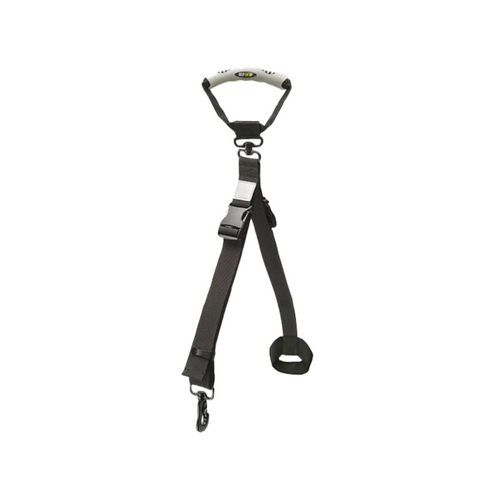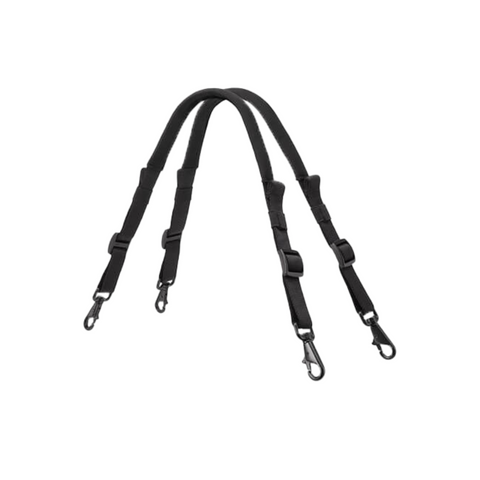Is your senior dog suddenly becoming less responsive to you? Started ignoring commands? One of the culprits may be your aging dogs hearing loss.
Signs of Deafness in Dogs
As time goes on, elderly dogs have degenerative changes in the nerves found inside the ear, similar to the hearing loss seen in humans. The change is usually gradual, so you may not notice it at first. Early signs can include:
- Ignoring verbal commands
- Jumpiness
- Excessive barking
- Increase in sleep
- Shaking or tilting of the head
- No reaction to sounds reacted to in the past – sirens, doorbells
One easy test is to stand behind you dog and clap your hand or jangle your keys. If your dog’s head doesn’t turn toward the sound you are making, your dog may be suffering from hearing loss. A trip to the vet to rule out any physical causes (ear infections) will be necessary.
Signs of Deafness in Puppies
Because puppies are always on the go, it may be harder to tell if your puppy is deaf. However, the same principles hold true. Does your puppy respond to the doorbell? A squeaky toy? A deaf puppy will not react to “exciting” noises or voices. Your vet will know more about how to tell if a puppy is deaf.
Although any dog can be born deaf, there are more than 30 breeds prone to deafness. Some of the more common breeds include Australian and German shepherds, terriers, sheepdogs, great danes, dalmatians and cocker spaniels. Studies have determined that dogs with white coats have a higher rate of deafness, with two genes – merle and piebald – playing a role in hearing loss.
What Should You Do If Your Dog Is Deaf
Know that deafness is not painful, but it is important you keep your dog safe. Although their sense of smell and sight may still be keen, they may be frightened by sudden approaches or unexpected petting, particularly if you wake them up. Approach your dog with heavy footsteps, so they can feel the vibrations. If they are outside your home, keep them on leash since they can’t hear traffic or other dangers. Consider restricting his interactions with other dogs to those with familiarity.
If your dog can still hear a little, start adding hand signals to your verbal commands as well. Give the hand gesture before saying the cue. After enough repetitions, your dog will learn to respond to the hand signal alone. If you haven’t been using sign commands, use a treat based positive system (treats, toys or praise as a reward) along with a sign command. Once you start, you will be amazed at how fast your senior dog will catch on!
If your senior dog is losing his hearing, he might be losing his as sight as well. Understand that your dog is not being stubborn – he can’t see or hear what you are asking. Communicate in ways he can understand. Also consider a walking or front shoulder harness with a handle on top of it, like the Help Em Up, that you can use to guide your dog over and around obstacles.
These alterations in your communication styles will ensure your hearing-impaired dog enjoys his senior years safely and happily.



